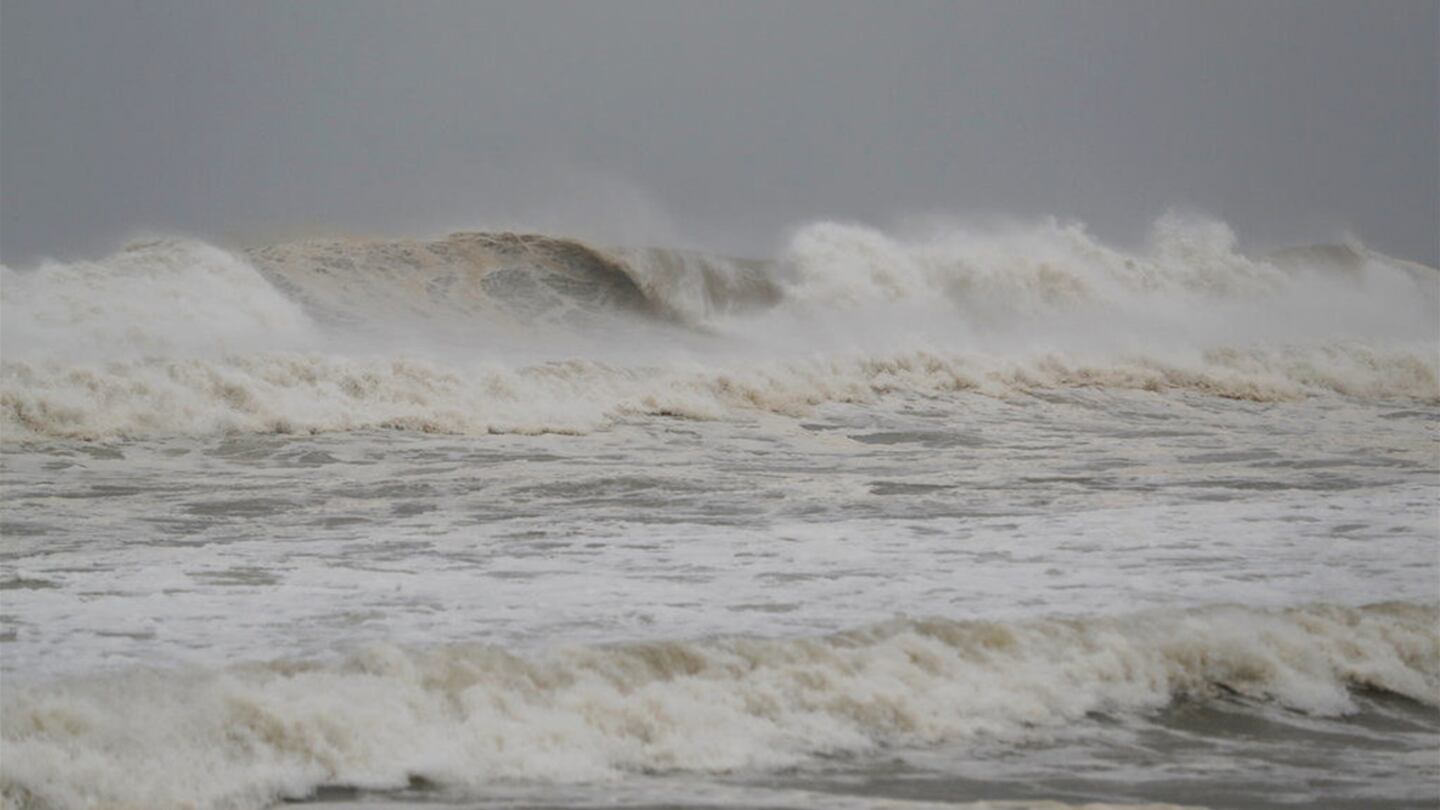Hurricane Michael made landfall Wednesday with sustained winds at 155 mph.
OFFICIAL SITE: National Hurricane Center
The winds from Michael were just a few miles per hours short of Category 5 status.
As of Wednesday evening, the storm had caused catastrophic damage to homes and businesses. Click here to see photos, video.
What is a Category 5 hurricane and how dangerous is it? Here’s a look at how hurricanes form and how they are ranked.
CHARTS: Some of the impacts of Hurricane Michael
First, what is a hurricane? A hurricane is a rotating low-pressure weather system. The system is born as an area of disturbed weather usually in the Atlantic Ocean, but can be in the Gulf of Mexico or the Caribbean Sea.
If the conditions are right, the system organizes thunderstorms to create a sort of heat pump to draw fuel from the warm ocean waters. Tropical systems gain strength by drawing heat from the air and sending it upward to be released through condensation of water vapor in thunderstorms.
As these storms move across the warm ocean or in and around the Gulf of Mexico, they can grow stronger.
When a system has sustained winds of 39 mph, it is classified as a tropical depression. When the winds reach 39 mph or higher, the depression becomes a tropical storm and is given a name.
At 74 mph, the system is a hurricane.
What is the Saffir-Simpson scale and what does it have to do with hurricanes? The Saffir-Simpson scale categorizes hurricanes by wind strength. The tropical system is assigned a category depending on its wind speed. Here are the categories, the wind speeds and what those winds will likely do once the system makes landfall.
Category 1 – 74 to 95 mph: Very dangerous winds will produce some damage: Well-constructed frame homes could have damage to the roof, shingles, vinyl siding, and gutters. Large branches of trees will snap and shallowly rooted trees may be toppled. Extensive damage to power lines and poles likely will result in power outages that could last a few to several days.
Category 2 – 96 to 110 mph: Extremely dangerous winds will cause extensive damage: Well-constructed frame homes could sustain major roof and siding damage. Many shallowly rooted trees will be snapped or uprooted and block numerous roads. Near-total power loss is expected with outages that could last from several days to weeks.
Category 3 – 111-129 mph: Devastating damage will occur: Well-built framed homes may incur major damage or removal of roof decking and gable ends. Many trees will be snapped or uprooted, blocking numerous roads. Electricity and water will be unavailable for several days to weeks after the storm passes. (Category 3 storms and above are considered major hurricanes).
Category 4 – 130-156 mph: Catastrophic damage will occur: Well-built framed homes can sustain severe damage with loss of most of the roof structure and/or some exterior walls. Most trees will be snapped or uprooted and power poles downed. Fallen trees and power poles will isolate residential areas. Power outages will last weeks to possibly months. Most of the area will be uninhabitable for weeks or months.
Category 5 – 157 or higher: Catastrophic damage will occur: A high percentage of framed homes will be destroyed, with total roof failure and wall collapse. Fallen trees and power poles will isolate residential areas. Power outages will last for weeks to possibly months. Most of the area will be uninhabitable for weeks or months.
Here is a video that shows the increasing level of damage in each category.
Cox Media Group








